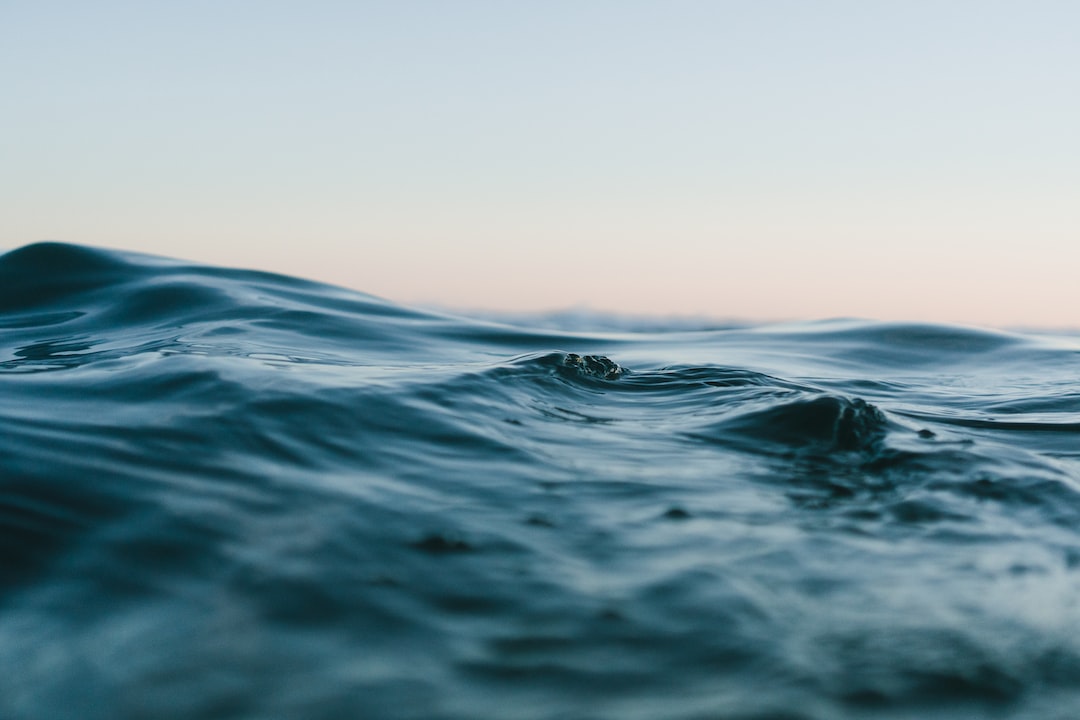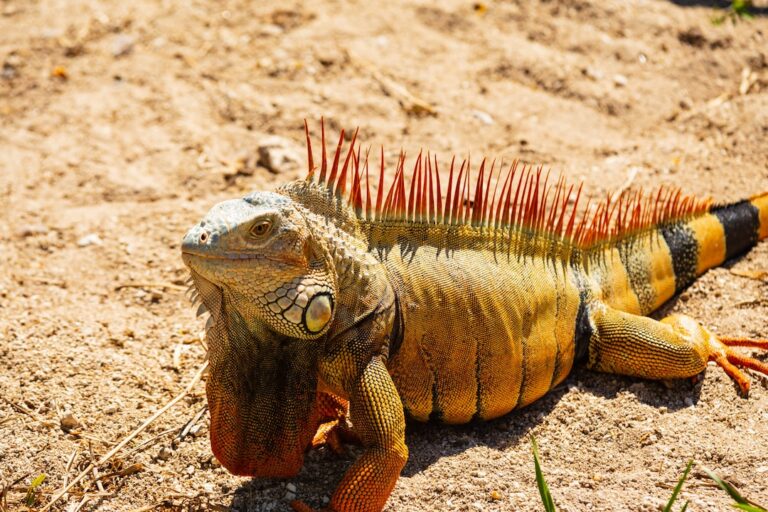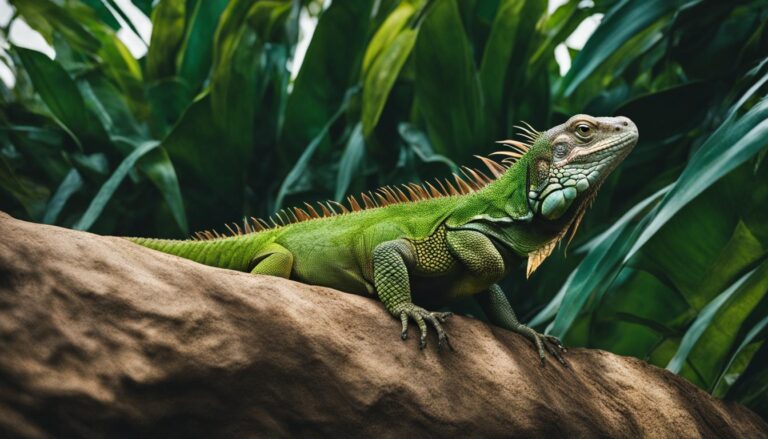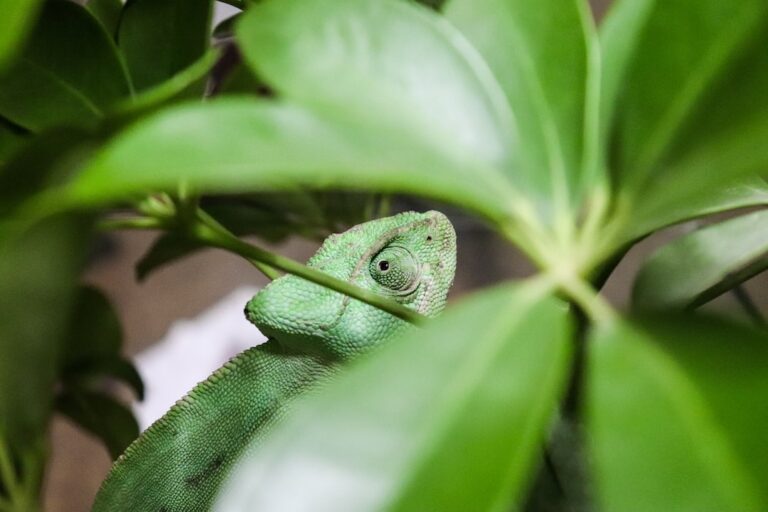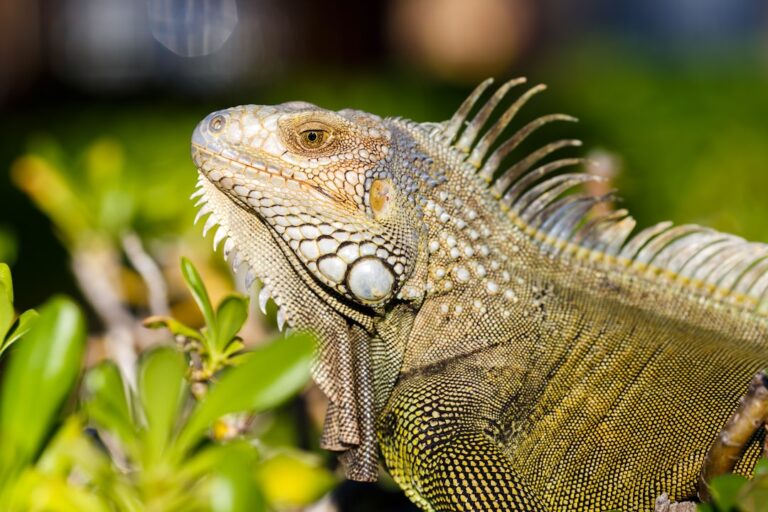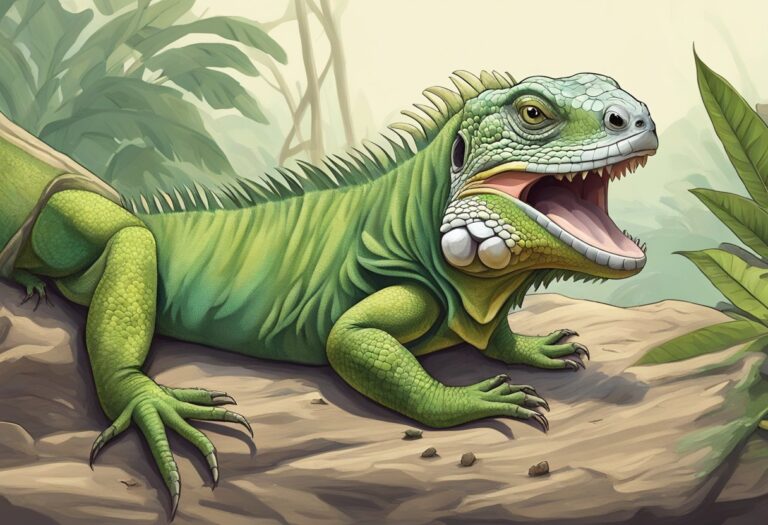How Do Iguanas Drink Water?
Iguanas are a type of reptile that belong to the family Iguanidae. They are native to tropical regions of Central and South America, as well as the Caribbean. These fascinating creatures are known for their distinctive appearance, with their long tails, spiky crests, and vibrant colors. Iguanas are herbivores, primarily feeding on leaves, fruits, and flowers.
Water is essential for the survival of all living organisms, and iguanas are no exception. While they obtain a significant amount of moisture from the plants they consume, they still need access to fresh water for proper hydration. In their natural habitat, iguanas can be found near bodies of water such as rivers, streams, and ponds.
Table of Contents
Anatomy of an Iguana: How They Drink Water
To understand how iguanas drink water, it is important to examine their unique anatomy. Iguanas have a specialized mouth and tongue that allow them to efficiently consume water. Their mouths are equipped with sharp teeth that are used for tearing vegetation, but they also play a role in drinking water.
The tongue of an iguana is long and flexible, allowing it to reach water sources that may be difficult to access. The tip of the tongue is slightly forked, which helps in capturing water droplets. When an iguana drinks water, it extends its tongue towards the water source and rapidly retracts it back into its mouth, capturing the water droplets in the process.
The Importance of Water for Iguanas
Water plays a crucial role in an iguana’s digestion and metabolism. It helps in breaking down food and absorbing nutrients from their diet. Without adequate hydration, iguanas may experience difficulties in digesting their food properly, leading to various health issues.
Proper hydration is also essential for maintaining the overall health and well-being of iguanas. It helps regulate their body temperature, aids in the elimination of waste products, and supports the functioning of vital organs. Additionally, water is necessary for the production of saliva, which is important for lubricating food during the chewing and swallowing process.
How Much Water Do Iguanas Need?
The recommended daily water intake for iguanas can vary depending on factors such as their size, age, and activity level. On average, adult iguanas should have access to fresh water at all times and consume approximately 10-20% of their body weight in water each day.
Factors that can affect an iguana’s water needs include environmental conditions, such as temperature and humidity levels. In hotter climates or during periods of high activity, iguanas may require more water to stay properly hydrated. It is important to monitor your pet iguana’s water intake and adjust accordingly.
Providing Water for Your Pet Iguana
When it comes to providing water for your pet iguana, it is important to choose the right type of water and suitable containers. Tap water can be used if it is treated with a dechlorinator to remove any harmful chemicals. Alternatively, you can use filtered or bottled water.
Water dishes or bowls should be shallow enough for the iguana to easily access the water but large enough to hold an adequate amount. It is important to clean and refill the water dish regularly to ensure freshness and prevent the growth of bacteria.
Different Ways Iguanas Drink Water in the Wild
In their natural habitat, iguanas have access to various sources of water. They are often found near rivers, streams, ponds, or even puddles during rainy seasons. Iguanas have adapted to different water sources and have developed ways to drink from them efficiently.
When drinking from a river or stream, iguanas may submerge their bodies partially or fully in the water and lap up the water droplets with their tongues. In the case of puddles or small bodies of water, they may simply dip their snouts into the water and drink directly.
Do Iguanas Prefer Drinking from Puddles or Streams?
The preference for drinking from puddles or streams can vary among individual iguanas. Factors such as availability, accessibility, and personal preference can influence an iguana’s choice of water source.
To determine your pet iguana’s water source preference, you can provide both options and observe which one they choose more frequently. It is important to ensure that both water sources are clean and free from any contaminants.
Signs of Dehydration in Iguanas and How to Prevent It
Dehydration can have serious consequences for iguanas, so it is important to be aware of the signs and take steps to prevent it. Some common symptoms of dehydration in iguanas include sunken eyes, dry skin, lethargy, loss of appetite, and dark-colored urine.
To prevent dehydration in your pet iguana, make sure they have access to fresh water at all times. Monitor their water intake and refill the water dish as needed. Additionally, provide a humid environment by misting their enclosure regularly or using a humidifier.
Common Mistakes in Iguana Watering and How to Avoid Them
There are some common mistakes that pet owners make when it comes to providing water for their iguanas. One common mistake is not providing enough water or not refilling the water dish regularly. This can lead to dehydration and other health issues.
Another mistake is using tap water without treating it with a dechlorinator. Chlorine and other chemicals in tap water can be harmful to iguanas if ingested regularly. It is important to use treated or filtered water to ensure the health and well-being of your pet.
Keeping Your Iguana Hydrated and Healthy
In conclusion, water is essential for the health and well-being of iguanas. It plays a crucial role in their digestion, metabolism, and overall functioning of their bodies. As responsible pet owners, it is important to provide fresh water at all times and ensure that the water dish is clean and regularly refilled.
By understanding the unique anatomy of iguanas and their natural drinking habits, we can better meet their water needs. Monitoring their water intake, providing suitable water sources, and preventing dehydration are key to keeping your pet iguana hydrated and healthy.
If you’re interested in learning more about reptiles and their eating habits, you might want to check out this article on Can Chameleons Eat Superworms?. It provides valuable information on whether chameleons can consume superworms as part of their diet. Understanding the dietary needs of different reptiles can help you provide them with a balanced and nutritious meal plan.

